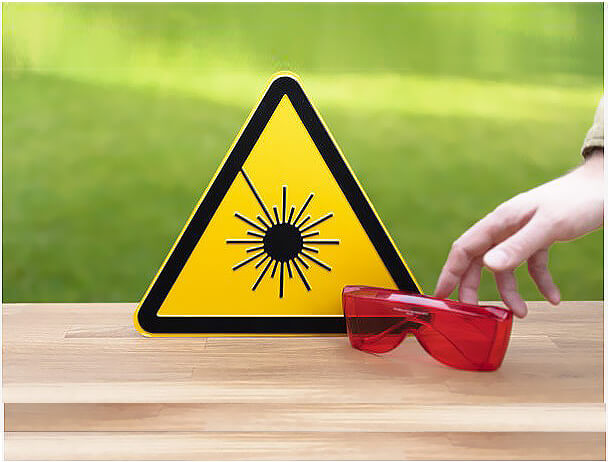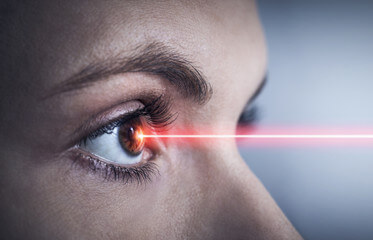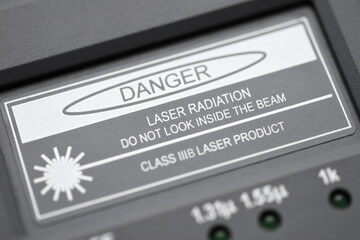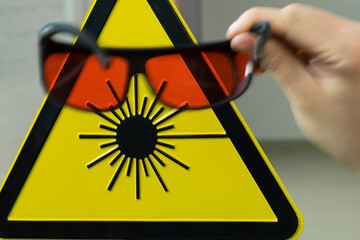When we say “LASER” we refer to a large range of products with a lot of different applications. In the mechanical industry, laser systems are often fitted with high-power sources and may cause damage if you don’t apply the measures to prevent them.
Standard IEC 60825-1 (ANSI Z136 in the US) divides laser systems in classes. Classes depend on how the system is built and the power and wavelength of the laser.
The manufacturer classifies its laser systems indicating the danger level for the operator and the necessary precautions to use the product without negative consequences.
Let’s analyze the different classes and the main differences between them.

Class 1 laser systems are the safest for the operator. They don’t cause damage, even in case of prolonged contact with the eyes and optical instruments because their output energy is few microwatts.
Class 3 or 4 laser systems, if closed in a cabinet that prevents beam leakage, can be classified as class 1, because the external structure protects the operator at 100%.
Class 1M laser systems are very similar to class 1 lasers in terms of danger for the human eye. The difference is that, in this case, they can be dangerous if we look at the beam using magnifying optical instruments, such as telescopes or microscopes Diode lasers, fiber communication systems and laser speed meters are class 1M lasers.

Class 2 lasers apply to visible-light lasers and are limited to 1 mW continuous wave. They are dangerous only if we stare at the beam intentionally for about 1000 seconds, based on the old classification system.
The laser beam of this category has a wavelength between 400-700 nm. Even in this case, laser isn’t harmful, unless we use optical instruments and stare at the beam for long time. The manufacturer must indicate what optical instruments can cause damage

Even if the R stands for relaxed, these lasers are slightly more dangerous than the 2M ones. Short exposure is not harmful, unlike prolonged exposure. An acceptable exposure time varies based on the wavelength. In general, Class 3R lasers are considered safe. However, the manufacturer must apply a warning label to them.

These lasers are dangerous even in case of short time exposure and can cause minor burns on the skin. Emission limits of Class 3B lasers:

These lasers are the most dangerous ones. They can damage eyes and skin but also burn some materials. Being more powerful, they are mostly used for cutting, laser engraving, welding and cleaning.
Obviously, if they are protected with a cabinet, the operator is totally safe.
If you work with this type of laser, you need to wear protective goggles, avoid contact and remove flammable materials both from the beam and laser reflections.
In conclusion, it’s important to know the product we are going to buy and how to obtain all the certifications that prove its safety. If you need to buy a laser marking system or any type of laser, you can ask the manufacturer for all the documentation.
Did you like this article?
Share it on
LASIT Sistemi e Tecnologie Elettrottiche S.p.A.
Via Solferino 4
80058 – Torre Annunziata (NA)
P.Iva 02747991210
C.F 01803670643
Copyright © 2024